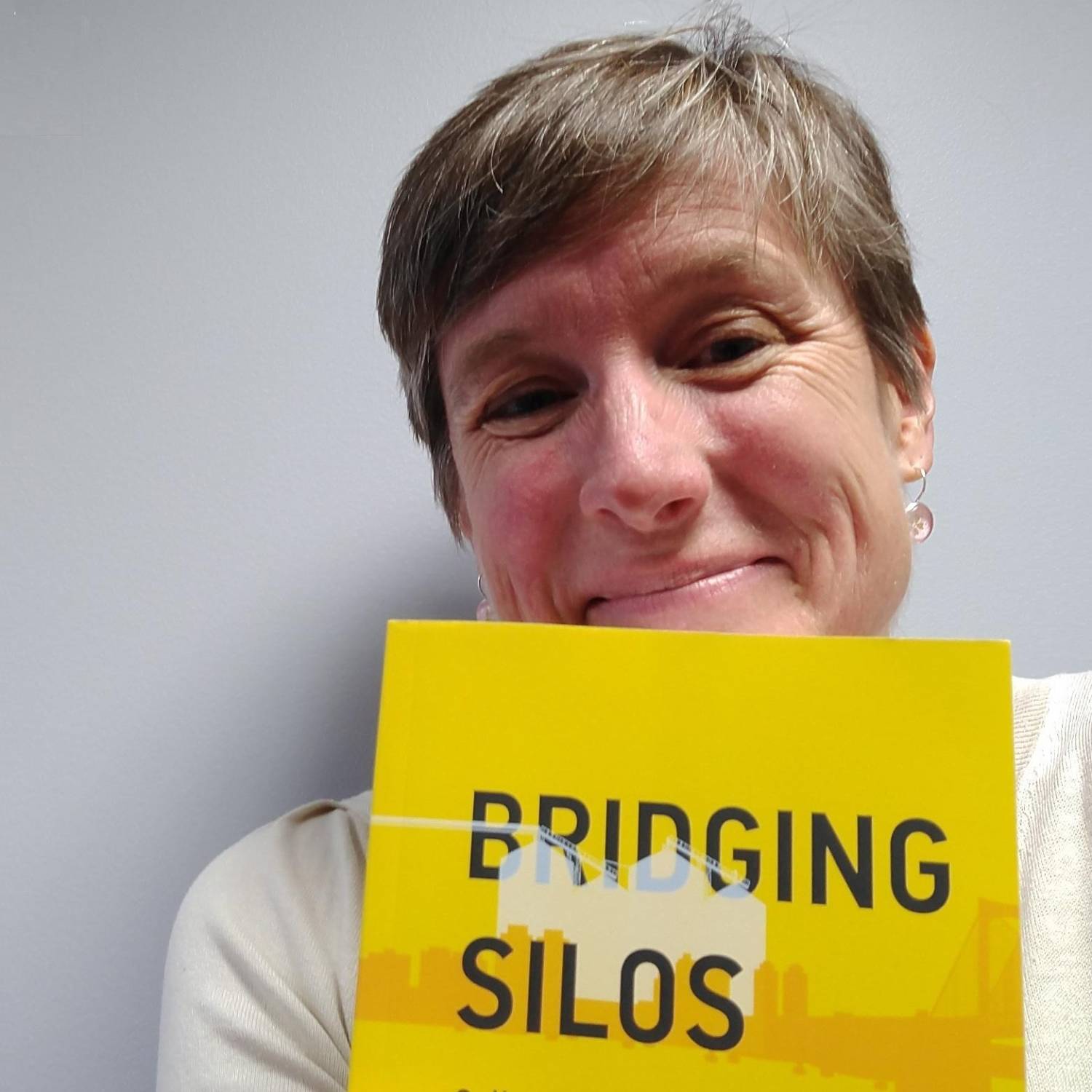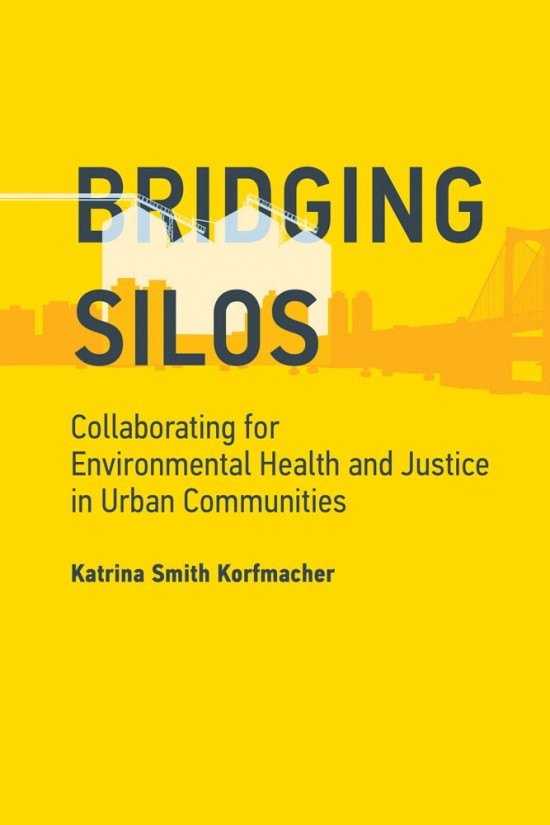Building Bridges, Bridging Silos: Collaborating for Success Against Lead in Rochester
by Katrina Smith Korfmacher, University of Rochester Medical Center
In a 2004 newspaper editorial, Rochester’s Coalition to Prevent Lead Poisoning leaders claimed, “We will find lead hazards before they poison children. We will fix the hazards using proven, cost-effective control measures. And we will fund the work through a combination of public and private financing” (Hetherington and Brantingham, 2004). Coming from a small community group in one of the nation’s poorest cities with one of the highest lead poisoning rates, this statement sounded aspirational at best.
Two years later, the City of Rochester passed what’s now hailed as a model lead law. The City of Rochester has conducted over 180,000 inspections and put more than $32 million in federal grants into making homes lead safe. Through these and other efforts, Rochester has reduced rates of childhood lead poisoning nearly 2.5 times faster than anywhere else in upstate New York.
As a longtime member of the Rochester coalition, I figured I knew this story pretty well. I thought that writing a detailed account of our experience might help other cities adopt or strengthen lead codes. I recently did that as part of my book, Bridging Silos: Collaborating for Environmental Health and Justice in Urban Communities, which features three local environmental health initiatives, providing a chance to learn lessons by comparing the cases.
In the process, I gained new insight into the barriers to and supports for effective local action that help shed new light on the Rochester coalition’s success. Here are a few of my big takeaways:
- Reframing issues as environment health inequities is powerful. Lead levels are coming down everywhere, but highlighting the unfairness of lead’s concentration in already-burdened communities brought new energy and resources to bear on solving the problem and motivated new partners to join the cause of lead poisoning prevention.
- Collaboration is a process, not an organization. The Rochester coalition never formed a separate fiscal entity but rather coordinated efforts between existing organizations. It aimed to “put itself out of business” by changing existing systems and building other organizations’ capacity so that it was no longer needed. Creating opportunities for collaboration was more important than maintaining the organization.
- Predisposed to partnering. Rochester’s lead coalition was hosted by several organizations that were committed to coordinating community partnerships, including the Rochester Primary Care Network, the Finger Lakes Health Systems Agency, and United Way. Even though many of the core organizations could not engage in advocacy, their commitment to hosting, informing, and developing partnerships helped sustain the efforts.
- Boundary spanners are created, not born. Individuals stepped outside their traditional job roles to address the problem of lead in a new way. For many, this was their first experience collaborating with different sectors outside their home organization’s structures. They were motivated to partner by the opportunity to solve long-standing community problems they could not address alone.
- Research can be helpful, but translation is essential. The coalition did not conduct new research, but its partners did synthesize, communicate, and apply environmental health information to local problems. Being able to muster this kind of applied, multidisciplinary analysis was essential to generating science-based solutions.
- Locals are listening. Although the coalition was locally initiated, it was informed by national efforts. For example, the coalition tapped into technical expertise and the experiences of other communities through the National Center for Healthy Housing. As well, Rochester benefited from national resources through grants, training programs, pilot project funding, publications, and conferences.
- Hazards versus health outcomes. The coalition raised awareness of data showing health disparities associated with lead hazards to create a vision a lead-free Rochester with long-term educational, social justice, and economic improvements. However, the coalition refrained from promising immediate health improvements as a result of policy changes, focusing instead on building a community commitment to take action despite the indirect, long-term, or difficult-to-measure effects on public health.

The rebuilt Stari Most in 2008. Photograph by BáthoryPéter.
These lessons reflect the central theme of the book: the importance of building bridges between the silos of environment and health, between government, community, and academic organizations, and between local, state, and federal levels of action to solve local environmental justice problems. The case of Rochester’s Coalition to Prevent Lead Poisoning encompasses all of these kinds of bridges.
I’ve been closing book talks with a photo of my favorite bridge – Stari Most in Bosnia and Herzogovina. Commissioned by Suleiman the Magnificent in 1557, Stari Most arched across the river Neretva for 427 years before it was destroyed in 1993, a casualty of the Croat–Bosniak War. The image of the beautifully rebuilt bridge is a reminder that it takes energy, commitment, and goodwill to build and maintain bridges. Conflict, resource scarcity, and competing priorities can easily destroy longstanding connections. When we face challenges of national leadership, fractured policy implementation, and limited funding, it’s important to remember that lead is a problem that can only be solved by enhancing collaborations of all kinds.
 Katrina Smith Korfmacher, Ph.D, is Associate Professor of Environmental Medicine at the University of Rochester. Dr. Korfmacher’s primary focus is addressing environmental health information and policy needs of the communities in and around Rochester. She participates in many local partnerships relating to environmental health including the Coalition to Prevent Lead Poisoning, the Rochester Healthy Homes Partnership, the Water Education Collaborative, and the Pollution Prevention Institute. As a policy scientist, much of Dr. Korfmacher’s research has addressed the role of science in the policy process and focused on the role of community groups in the policy process, particularly on how these groups generate, access, and use information. Dr. Korfmacher’s new book, Bridging Silos: Collaborating for Environmental Health and Justice in Urban Communities, is available from MIT Press. (Free downloads are available at the link by selecting “open access.” For a 30% discount on physical copies from this site, use the code MITPR.)
Katrina Smith Korfmacher, Ph.D, is Associate Professor of Environmental Medicine at the University of Rochester. Dr. Korfmacher’s primary focus is addressing environmental health information and policy needs of the communities in and around Rochester. She participates in many local partnerships relating to environmental health including the Coalition to Prevent Lead Poisoning, the Rochester Healthy Homes Partnership, the Water Education Collaborative, and the Pollution Prevention Institute. As a policy scientist, much of Dr. Korfmacher’s research has addressed the role of science in the policy process and focused on the role of community groups in the policy process, particularly on how these groups generate, access, and use information. Dr. Korfmacher’s new book, Bridging Silos: Collaborating for Environmental Health and Justice in Urban Communities, is available from MIT Press. (Free downloads are available at the link by selecting “open access.” For a 30% discount on physical copies from this site, use the code MITPR.)
Related
Korfmacher, K. S., Ayoob, M., & Morley, R. (2012, February). Rochester’s Lead Law: Evaluation of a Local Environmental Health Policy Innovation. Environmental Health Perspectives, 120(2), 309-315. Retrieved from https://www.ncbi.nlm.nih.gov/pmc/articles/PMC3279433/pdf/ehp.1103606.pdf

